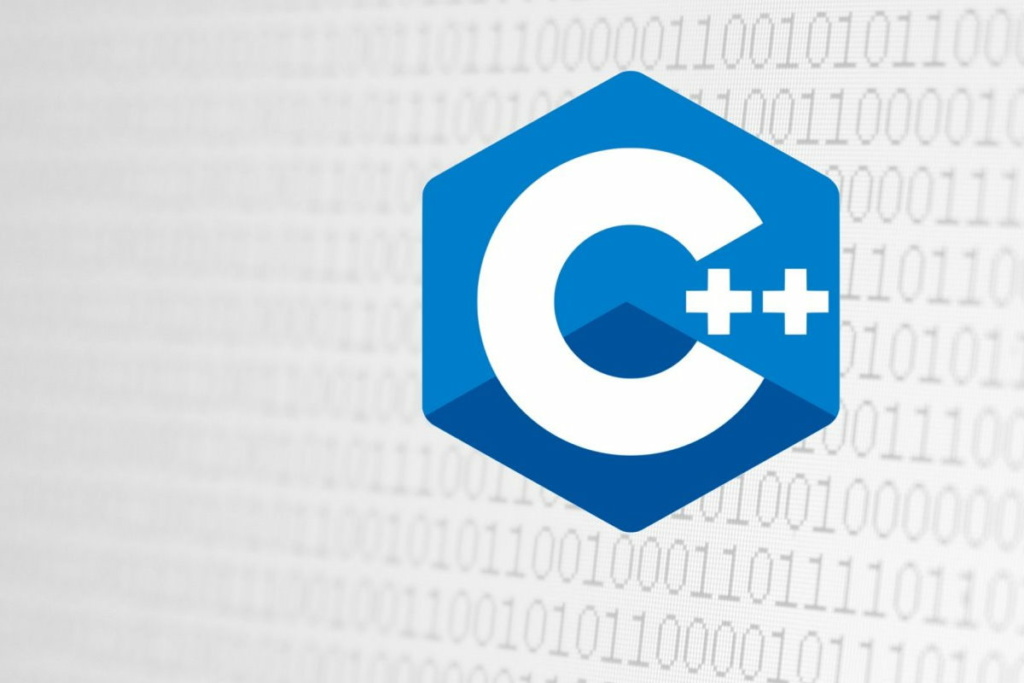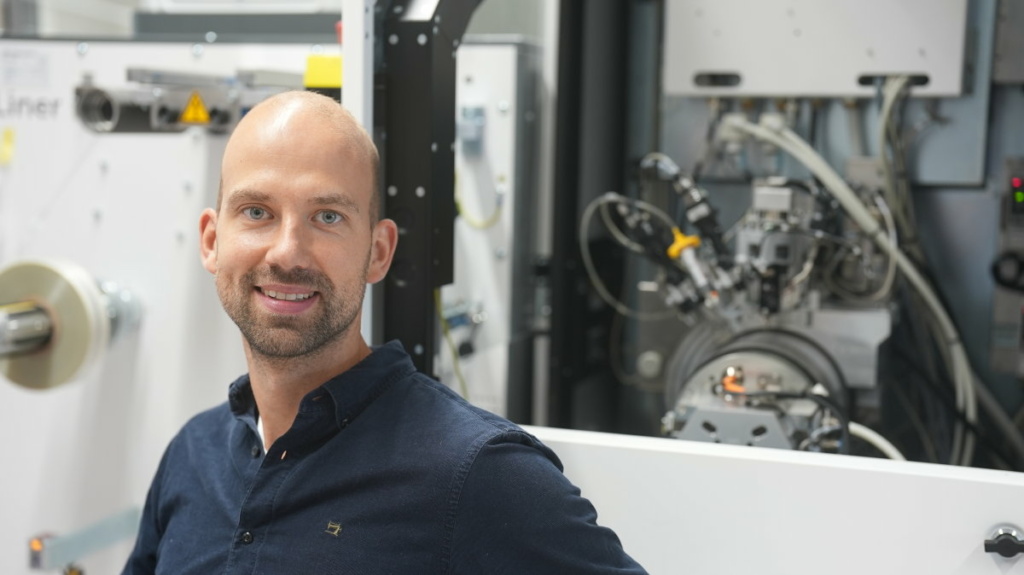Despite a host of up-and-coming alternatives, C++ is still a force to be reckoned with, certainly in the legacy-fraught high-tech industry. In a series of articles, High Tech Institute trainer Kris van Rens puts the language in a modern perspective.
Last July, the Carbon programming language was officially announced at the CppNorth C++ conference in Toronto, Canada. Carbon is presented as “an experimental successor to C++” and was started as an open-source project, by Google no less. Wait… Google is going to create a C++ successor? Until recently, the company was heavily involved in developing the C++ language and engineering the Clang C++ front-end for the LLVM compiler. With tens of thousands of engineers within Google working on billions of lines of code, choosing the path of a completely new language seems rather bold.
Why would a huge company such as Google venture into such a daring project? Well, it’s a symptom of the state and development of C++. For those who haven’t caught up with the language’s evolution in the past few years: there have been some major discussions. Of course, having discussions is the whole point of the C++ committee meetings, but one topic has been popping up again and again without settlement: whether or not it’s worth improving language design at the cost of backward compatibility.



